Beautiful and Heartbreaking Photos of Women Fighting for the Right to Vote
Votes for women was a highly controversial issue!
It wasn’t until 1920 that it was finally legal for women in all 50 states of the U.S. to vote. The roots of the Suffrage Movement go back to the 19th century, although it should be noted that some states did grant women the right to vote well before 1920. The road to votes for women was paved with many bumps and naysayers, including their own husbands and neighbors!
Despite more peaceful protests than those of English women a few years before them (who gained the right to vote in 1918), American suffragists still suffered violence and hatred because of the cause they were championing.

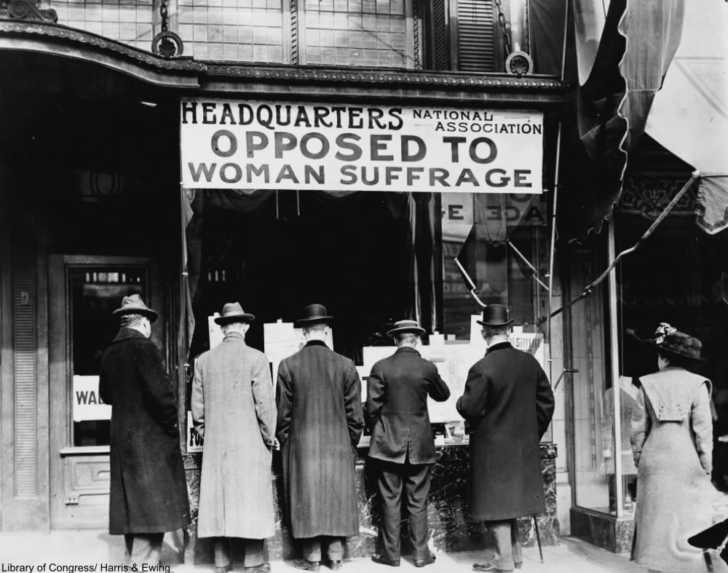

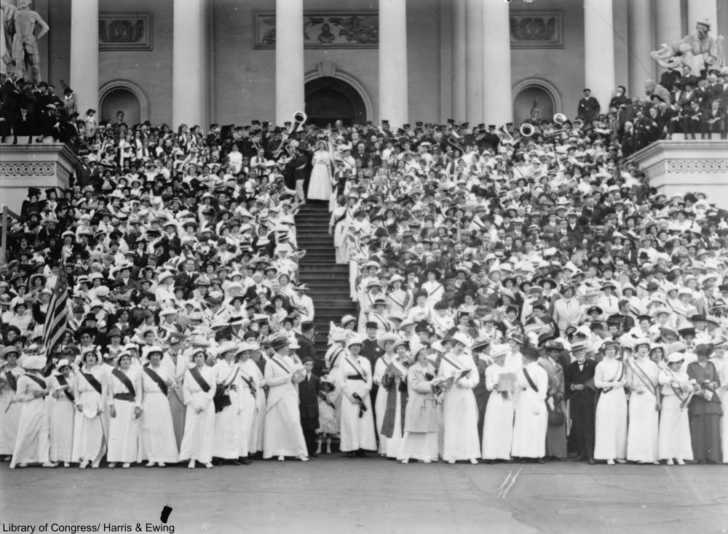
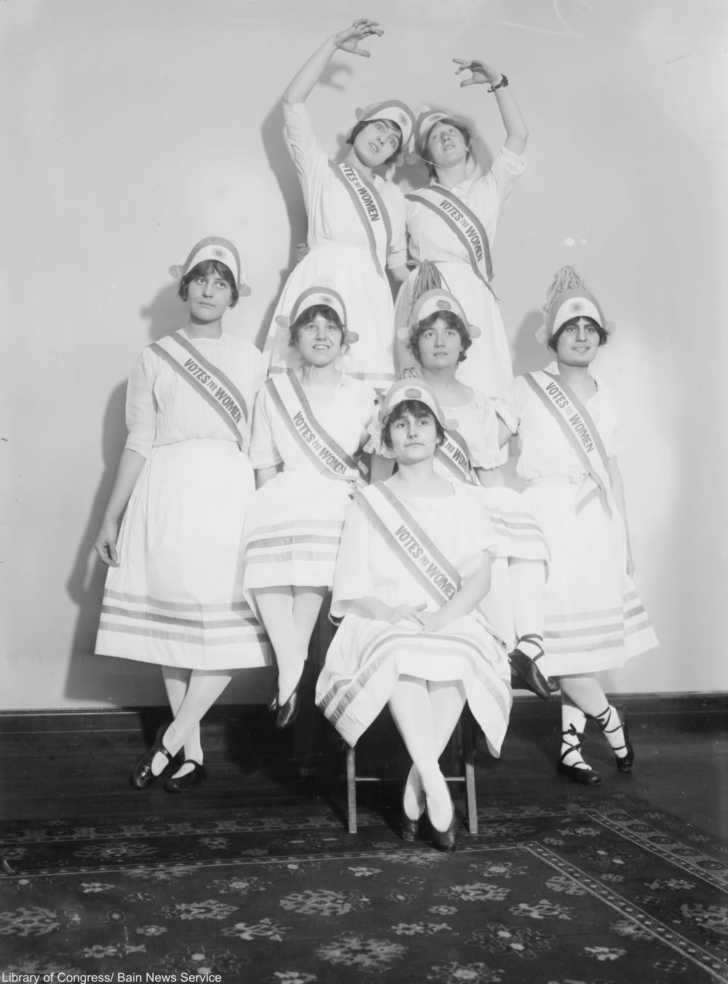
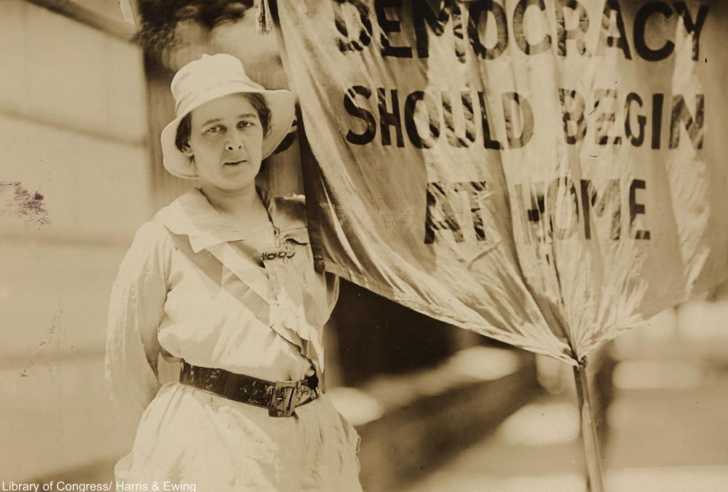
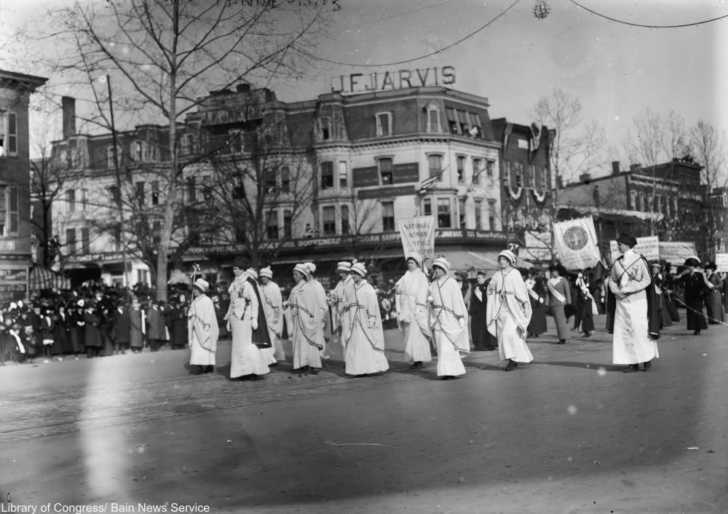
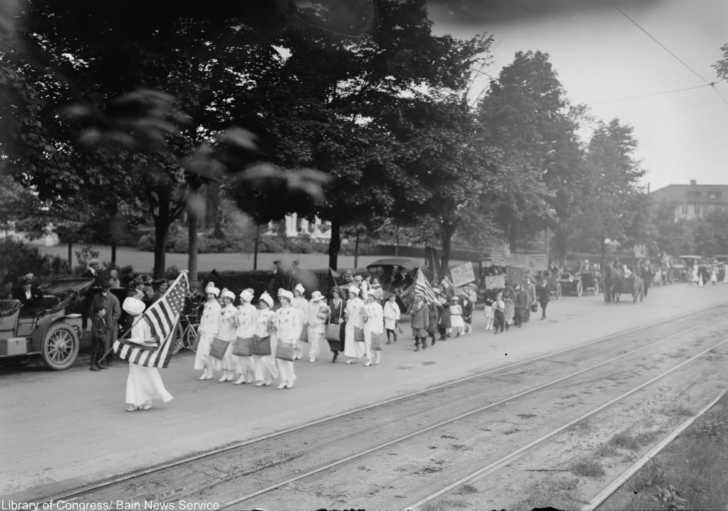
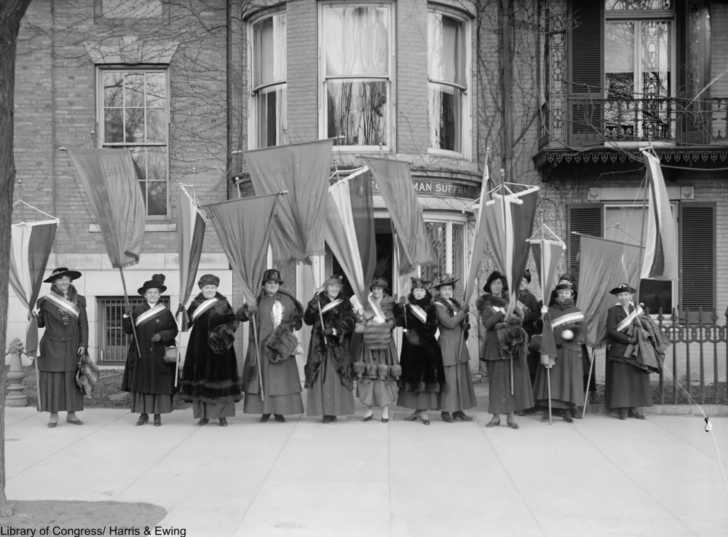
Beginning in 1917, major demonstrations were held outside the White House, resulting in many arrests and quite a few hecklers in the crowd (not an uncommon sight at a women’s suffrage event). Women who had been imprisoned for exercising their free speech, then had protested further by going on hunger strike, were forced fed by their jailers in what is a sad story that even more than 100 years later still turns the stomach.
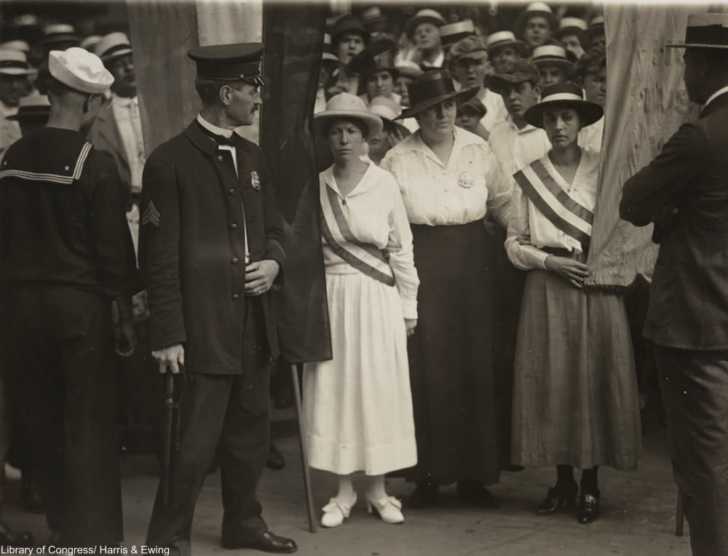
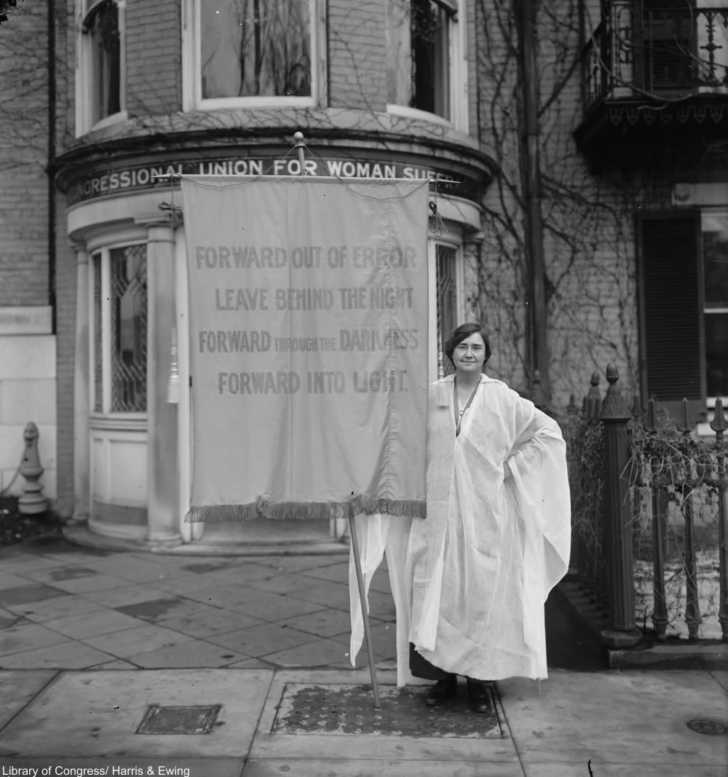

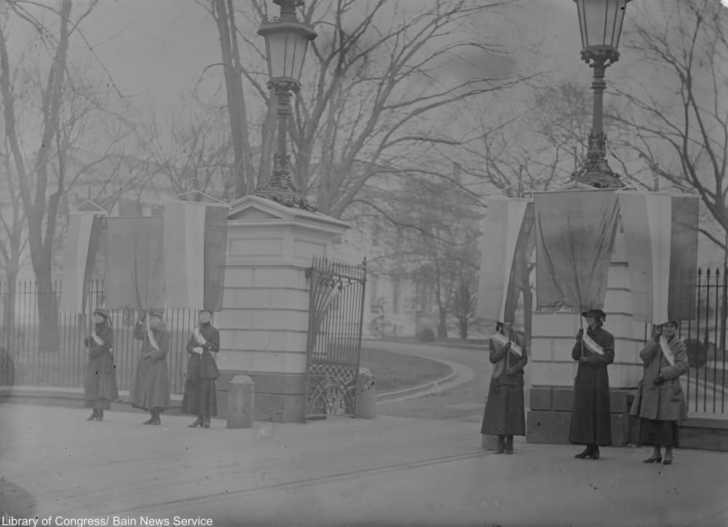
Some of the most notorious cases had been sent to Occoquan Prison in 1917. The Occoquan Prison was initially intended to serve as a workhouse and reformatory for minor criminals, but ended up being the center of undeserved violence against the women suffragists.
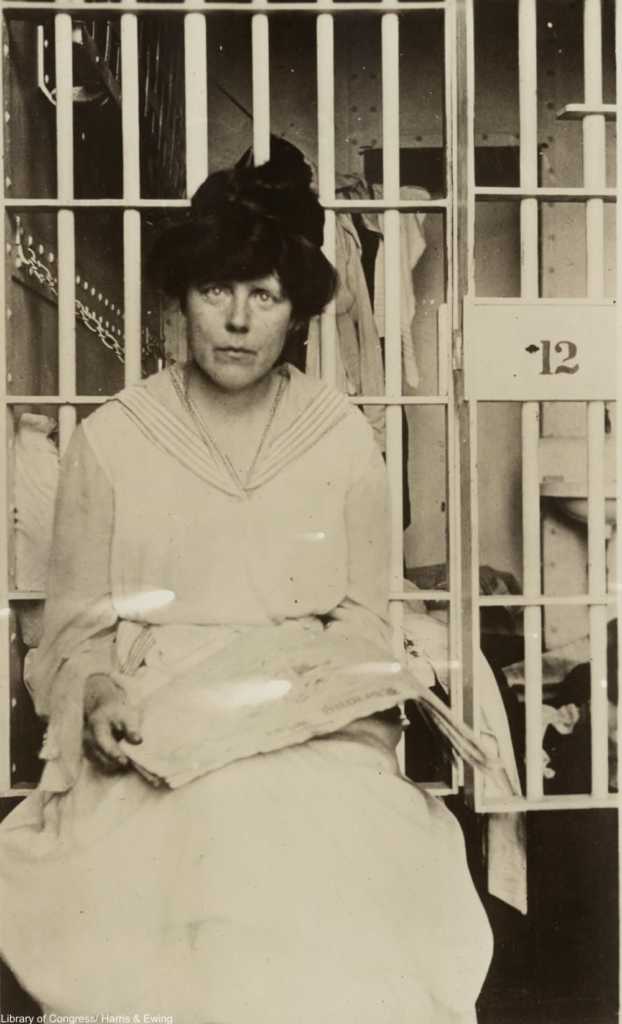
Unlike their English counterparts, American suffragists were linked with the Quakers and peaceful protest was the order of the day. Often called the Silent Sentinels, American suffrage marches (or pageants and parades as they were also called) tended to be comparatively quiet and peaceful.
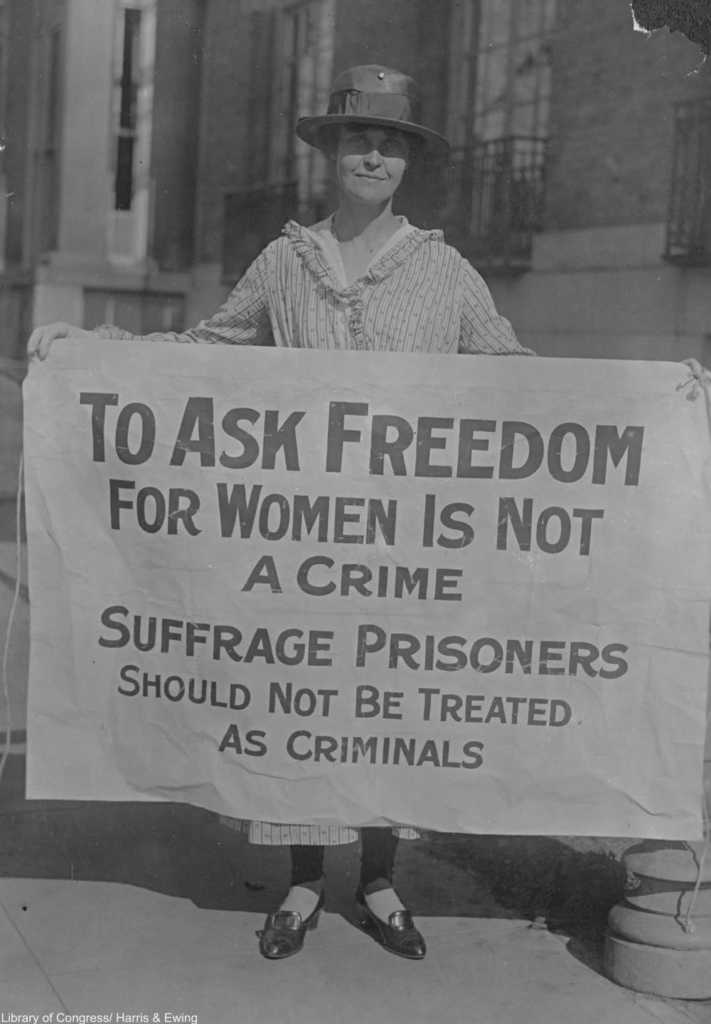

The violence committed against the women in Occoquan Prison for peacefully protesting was shocking. It was so shocking in fact, that it gave the women an edge.
The Prison Special tour in 1919 gave women arrested for suffrage demonstrations a chance to tell their stories to eager audiences. Women’s suffrage was only a few years away, largely due to the efforts of the protestors who were treated so poorly in prison.

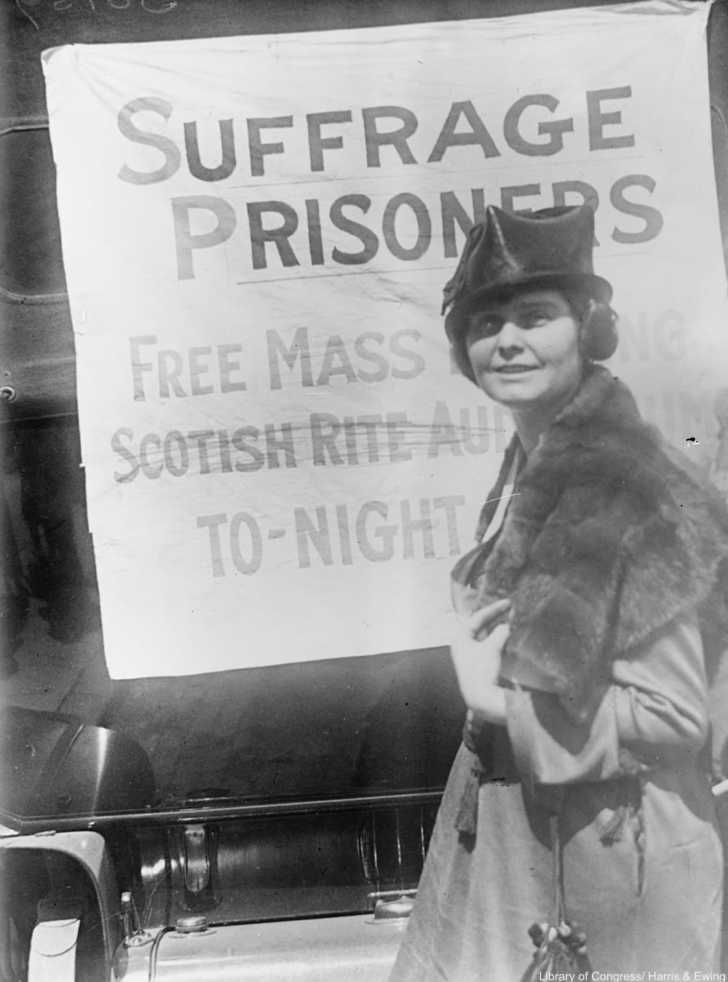
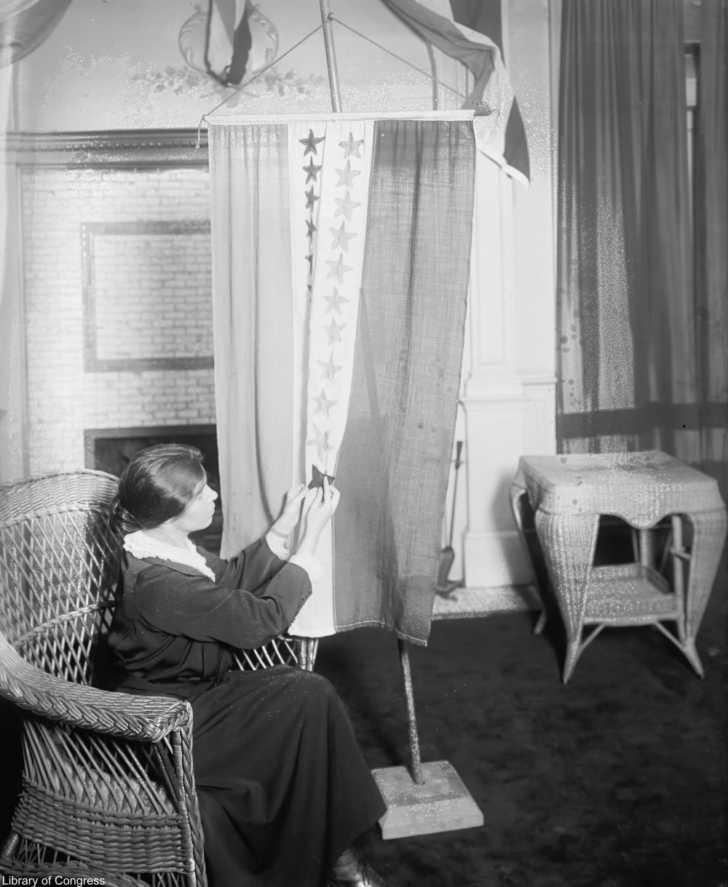
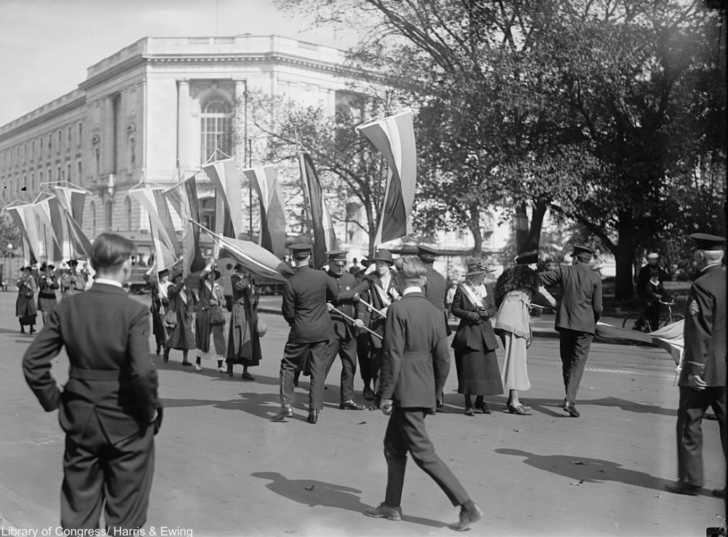

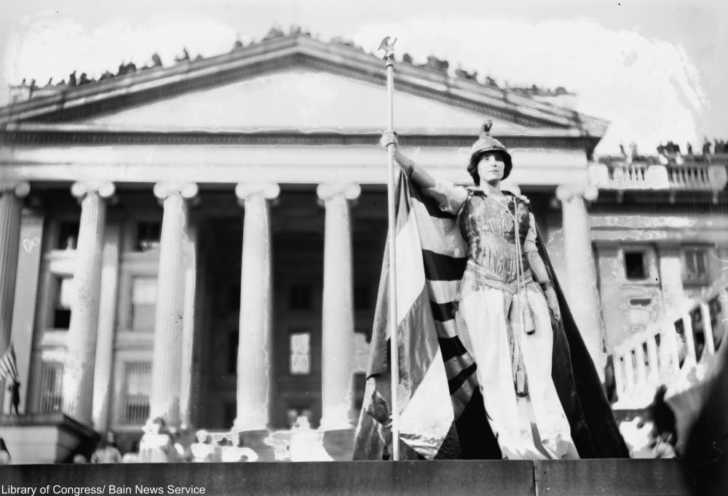

A year after President Woodrow Wilson reversed his long-standing opposition of women’s suffrage, and after one more failed amendment proposal, the 19th Amendment was finally approved by the Senate in 1919. The 19th Amendment, granting women the right to vote in all 50 states, was ratified in 1920.

SKM: below-content placeholderWhizzco for DOT

